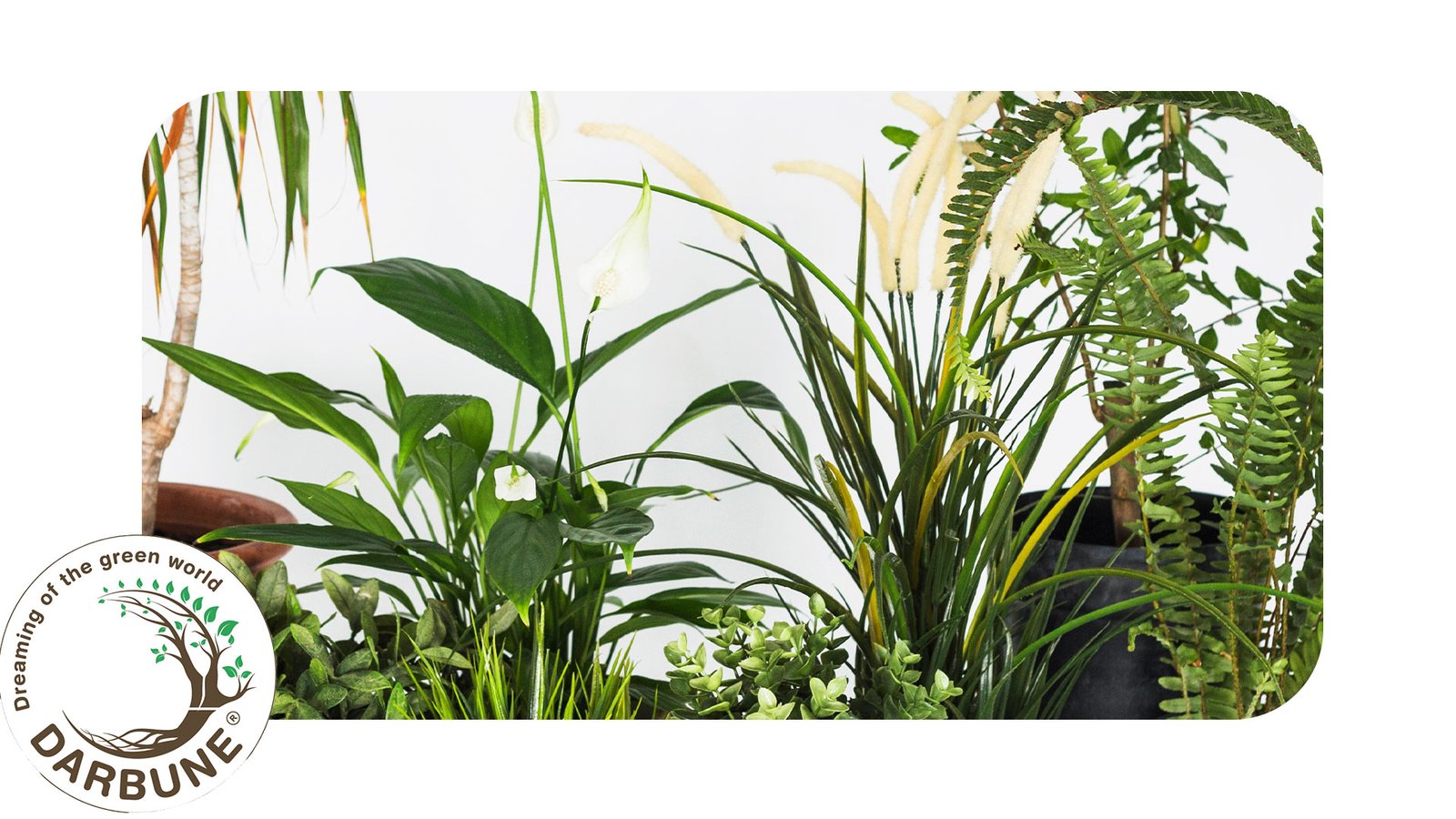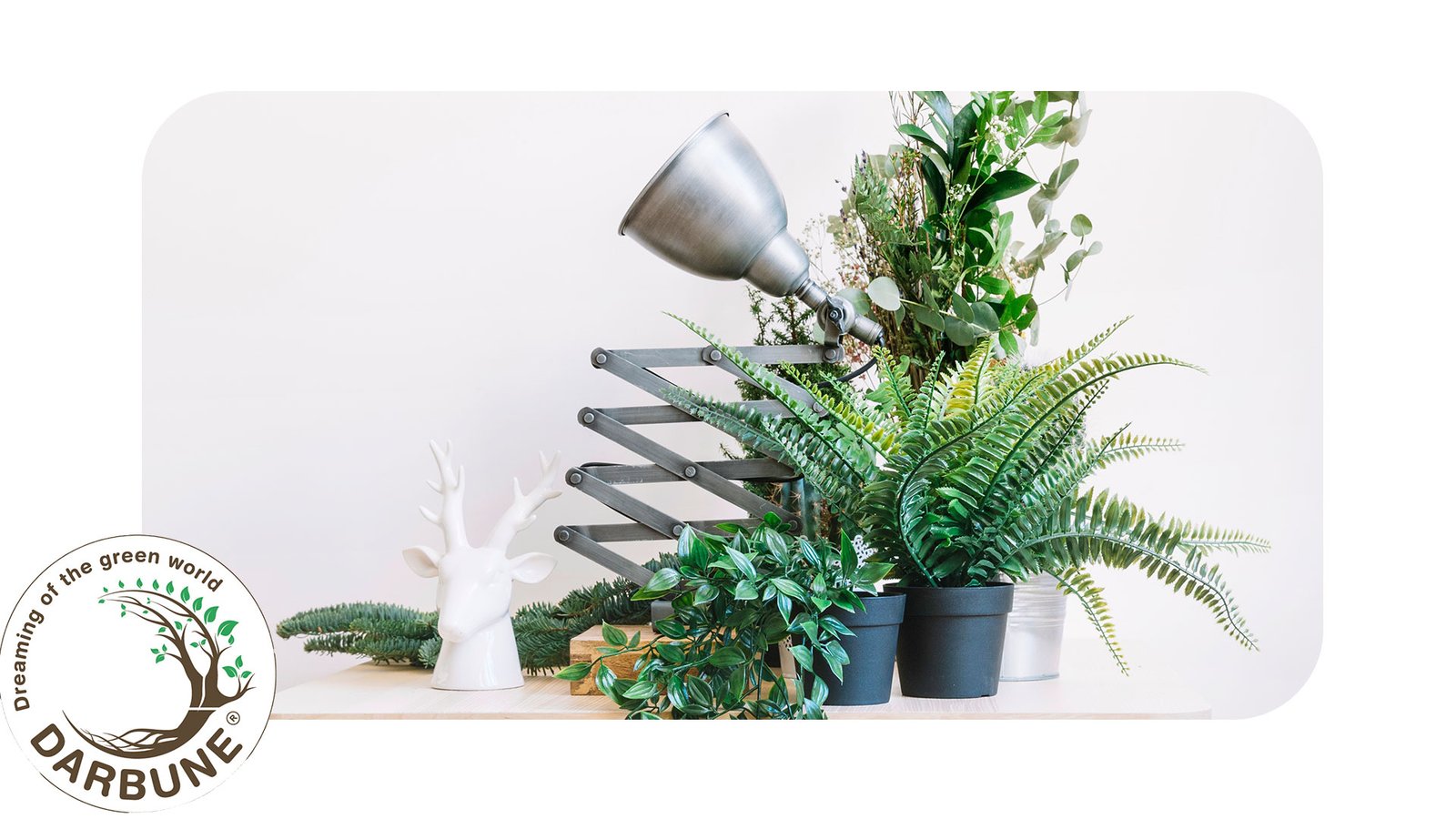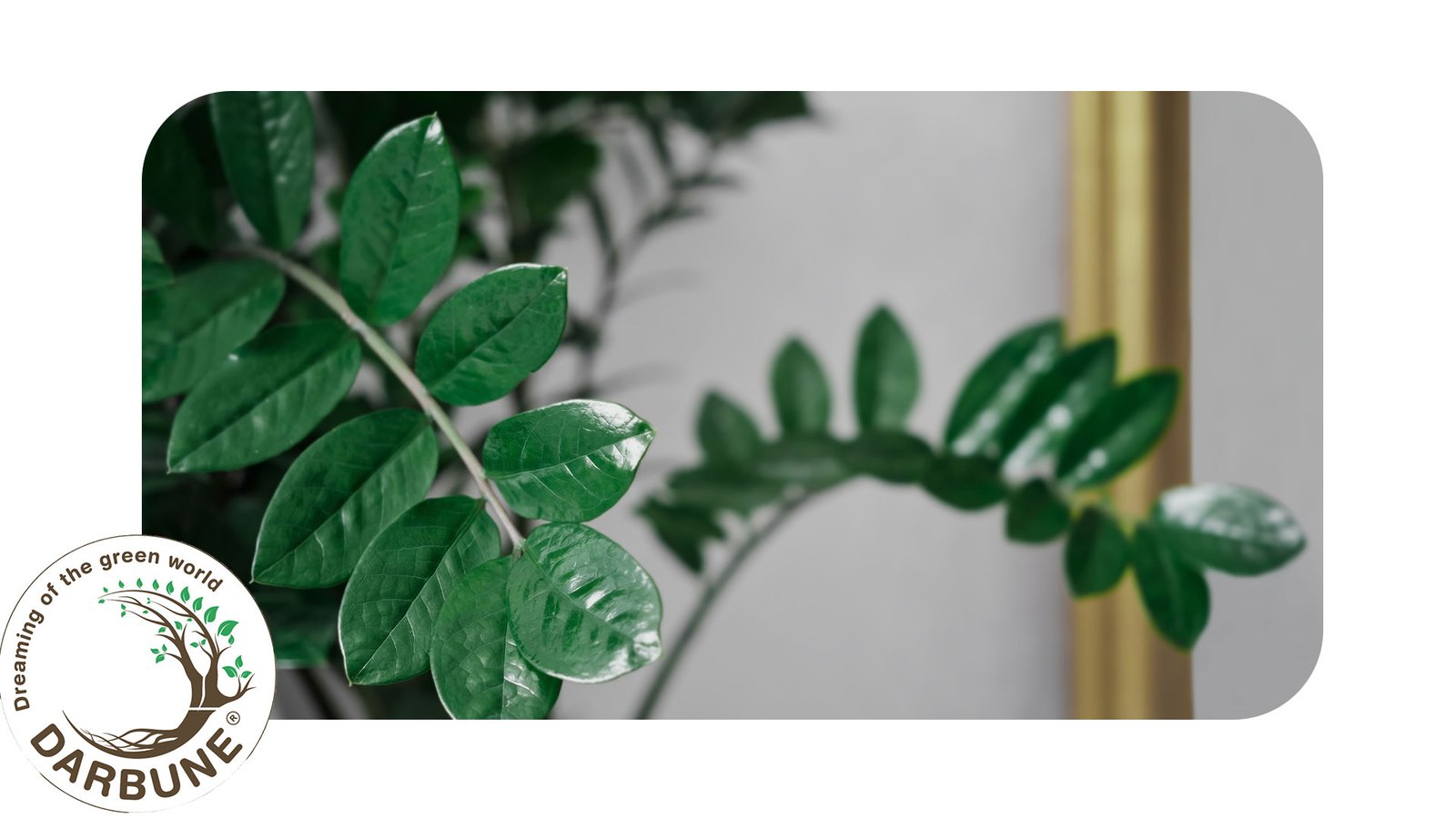Indoor plants not only enhance the aesthetic appeal of your home but also improve air quality and create a soothing ambiance. However, keeping them fresh and green requires proper care and attention. Many plant owners struggle with maintaining their houseplants due to improper watering, insufficient light, or poor soil conditions.
In this comprehensive guide, we will explore effective strategies to keep your indoor plants healthy and thriving. Whether you’re a beginner or an experienced plant owner, these tips will help you enjoy lush, vibrant greenery in your home. Additionally, we will discuss how principles of indoor farming can be applied to optimize plant care and sustainability.

Essential Tips for Keeping Indoor Plants Fresh and Green
Keeping your indoor plants fresh and green not only enhances the beauty of your home but also improves air quality and creates a calming atmosphere. However, achieving this requires consistent care and attention to factors such as light, water, soil, and humidity. By understanding the unique needs of each plant and implementing best practices, you can ensure that your indoor garden thrives year-round.
1. Provide the Right Amount of Light
Understanding Light Requirements
Different plants have varying light needs. Some thrive in bright, direct sunlight, while others prefer indirect or low-light conditions. Understanding different types of indoor farming can help in optimizing light conditions for various plant species. It’s crucial to place your plants in areas where they receive appropriate lighting.
How to Optimize Light Exposure
- Place high-light plants like succulents and cacti near south-facing windows.
- Medium-light plants, such as pothos and spider plants, should be positioned in well-lit rooms but away from direct sunlight.
- Low-light plants, like snake plants and peace lilies, can thrive in shaded areas or artificial lighting.
Using grow lights is an excellent alternative for rooms with limited natural sunlight. LED grow lights are energy-efficient and provide a balanced spectrum for plant growth.
2. Watering Your Plants Properly

Finding the Right Balance
Overwatering is one of the most common mistakes that lead to root rot, while underwatering can cause wilting and dryness.
Best Watering Practices
- Check the soil moisture by inserting your finger an inch deep—if it feels dry, it’s time to water.
- Use room-temperature water to prevent shocking the roots.
- Water deeply but less frequently to encourage deep root growth.
- Avoid leaving excess water in saucers to prevent root rot.
3. Choosing the Right Soil and Fertilizer

Importance of Quality Soil
Different plants require different types of soil. A well-draining potting mix is essential to prevent waterlogging.
Best Soil Mix for Indoor Plants
- Cactus and succulents: Sandy, well-draining soil
- Orchids: Bark-based potting mix
- Ferns and tropical plants: Rich, peat-based soil
Proper Fertilization
Indoor plants need essential nutrients to thrive. Use the right type of fertilizer based on your plant’s needs.
- Nitrogen-rich fertilizers promote leafy growth.
- Phosphorus supports root and flower development.
- Potassium strengthens plant immunity and overall health.
Feed your plants every 4-6 weeks during the growing season (spring and summer) and reduce fertilization in winter when growth slows down.
4. Maintaining Humidity Levels
Indoor environments can be dry, especially during winter, which can stress certain plants. Understanding concepts like ‘What is Hydroponic Farming’ can provide alternative solutions for maintaining proper moisture levels in controlled indoor settings. Maintaining proper humidity is essential for tropical plants like ferns and orchids.
How to Increase Humidity
- Use a humidifier to maintain consistent moisture levels.
- Group plants together to create a microclimate with increased humidity.
- Place a water tray with pebbles beneath the pots to allow natural evaporation.
- Mist the leaves occasionally, but avoid overdoing it as excessive moisture can cause fungal issues.
5. Regular Pruning and Cleaning
Pruning helps in maintaining the shape of the plant and encourages new growth.
Best Pruning Practices
- Remove yellow or dead leaves to prevent disease spread.
- Trim leggy stems to encourage bushier growth.
- Use clean, sharp scissors to avoid damaging the plant.
Dusting the leaves regularly enhances photosynthesis. Wipe broad leaves with a damp cloth and use a soft brush for smaller or textured leaves.
6. Pest Prevention and Control

Indoor plants can attract pests like spider mites, aphids, and fungus gnats.
Natural Pest Control Methods
- Inspect plants regularly for early pest detection.
- Use neem oil or insecticidal soap as a natural remedy.
- Introduce beneficial insects like ladybugs to combat infestations.
- Avoid overwatering, as it can lead to fungal gnat problems.
Conclusion
Keeping indoor plants fresh and green requires proper care, including the right lighting, watering, soil, humidity, and pest control. By following these expert tips, you can enjoy thriving plants that enhance your living space and promote a healthier environment.
Frequently Asked Questions (FAQ)
1. How often should I water my indoor plants? It depends on the plant type and environmental conditions. Generally, check the soil moisture and water when the top inch feels dry.
2. Why are my plant’s leaves turning yellow? Yellow leaves may result from overwatering, poor drainage, nutrient deficiencies, or insufficient light.
3. Can I use tap water for my indoor plants? Yes, but let it sit for 24 hours to allow chlorine to dissipate. Some plants are sensitive to chemicals in tap water.
4. What is the best fertilizer for indoor plants? A balanced liquid fertilizer (10-10-10) works for most houseplants. Specific plants may require specialized fertilizers.
5. How can I increase humidity for my plants? Use a humidifier, group plants together, mist leaves, or place a water tray with pebbles beneath the pot.
By implementing these strategies, you can maintain healthy and vibrant indoor plants effortlessly!

